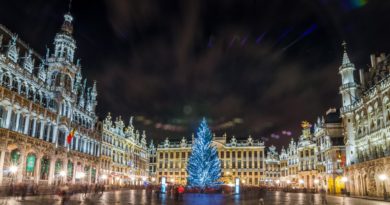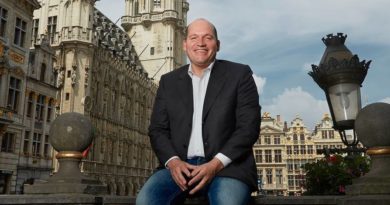2019 European Green Capital: What Oslo is doing to cut emissions by 95% in 2030
For a period of my life in my late twenties, back when I had to sit on sales calls and talk about wireless communications or storage computing, I lived in Oslo. Many memories remain vivid, some of them appearing in my mind as if I had never left Norway. The light-blue trams snaking up a bent street in the lively neighborhood of Grünerløkka, people jogging along the Akers river, others standing in the doorway zipping up their jackets and ready to go on a hike. Or the many parents who sat on benches sipping coffee and watched their kids build a snowman in the playground.
Returning to the city after these years the first thing that stuck me was the icy blade of silence. No cars were visible, not for a long while, and the ones I saw seemed to glide past squares and roundabouts before disappearing into distance. No sound. I had never seen so many electric cars in a neighborhood, let alone a city. I wondered if that was one of the indicators that had led to Oslo winning the 2019 European Green Capital Award.
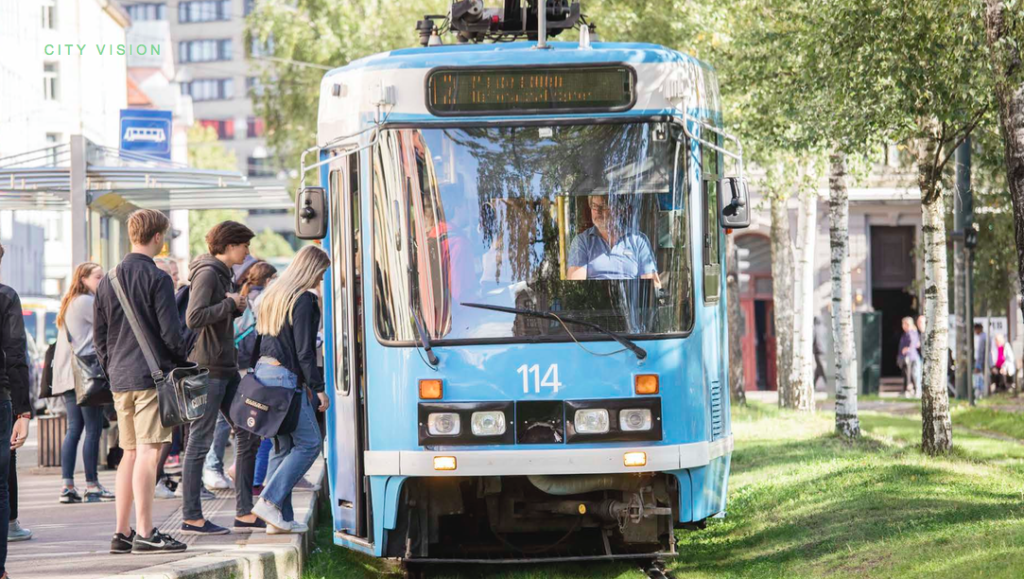
The European Green Capital Award, I discovered, is the result of an initiative taken by 15 European cities (Tallinn, Helsinki, Riga, Vilnius, Berlin, Warsaw, Madrid, Ljubljana, Prague, Vienna, Kiel, Kotka, Dartford, Tartu & Glasgow) and the Association of Estonian cities on 15 May 2006 in Tallinn, Estonia. Their green vision became a joint Memorandum of Understanding that rewards the cities leading the way on environmentally friendly urban living. The European Green Capital Award was launched by the European Commission in 2008.
The objectives of the European Green Capital Award are to:
- Reward cities that have a consistent record of achieving high environmental standards
- Encourage cities to commit to on‐going and ambitious goals for further environmental improvement and sustainable development
- Provide a role model to inspire other cities and promote best practice and experiences in all other European cities
To select the winner of the European Green Capital Award, an Expert Panel conducts a technical assessment of the applications received.
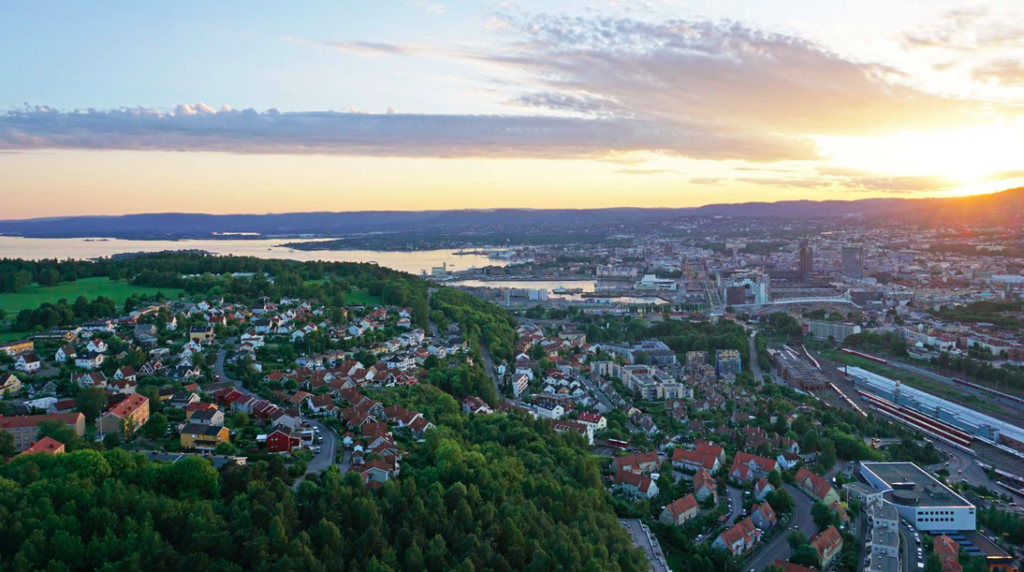
The evaluation of each city’s application is based on 12 environmental indicators:
- Climate Change: Mitigation and Adaptation
- Local Transport
- Green Urban Areas incorporating Sustainable Land Use
- Nature and Biodiversity
- Ambient Air Quality
- Quality of the Acoustic Environment
- Waste Production and Management
- Water Management
- Waste Water Management
- Eco‐innovation and Sustainable Employment
- Energy Performance
- Integrated Environmental Management
A shortlist of candidate cities is then made and each finalist is asked to present a communication strategy substantiated by action plans on how they intend to fulfill their green capital year if they were to win. For 2019, the shortlisted cities were Oslo (Norway), Lahti (Finland), Ghent (Belgium), Lisbon (Portugal), and Tallin (Estonia).
For the Green Capital Award, the jury’s decision is based on three points:
1. The city’s overall commitment, vision and enthusiasm as conveyed through the presentation
2. The city’s capacity to act as a role model, inspiring other cities, promoting best practices and raising the awareness of the EGC model further, bearing in mind city size and location
3. The city’s communication strategy and actions, which should address:
- Citizen communication and involvement to date in relation to the 12 environmental indicators, effectiveness via changes in citizen behavior, lessons learned and proposed modifications for the future
- The extent of the city’s (local, regional and national) partnering to gain maximum social and economic leverage
- How they intend to fulfill their role of EU Ambassador, inspiring other cities.
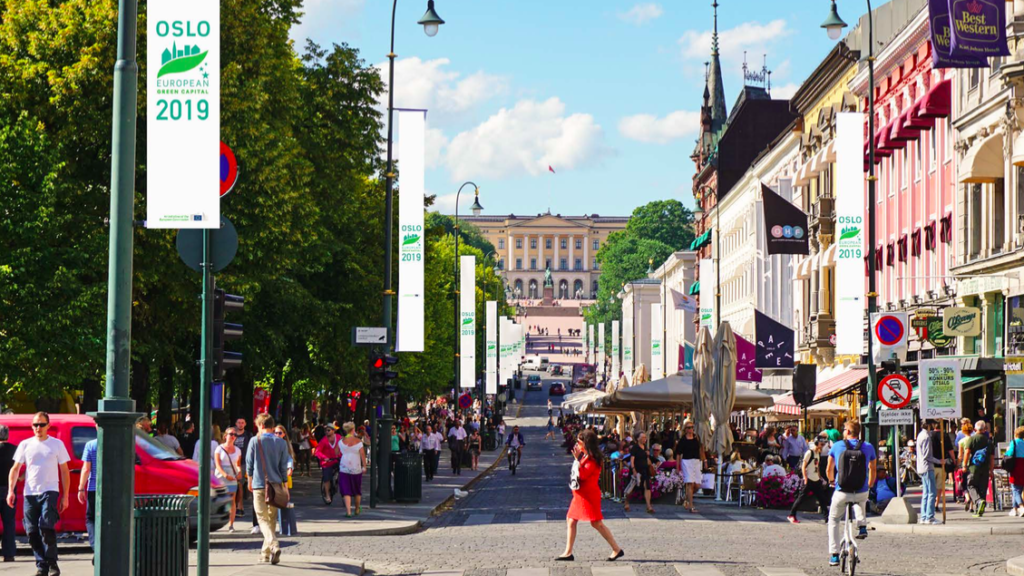
On the plane from Brussels to Oslo, I spoke with the person seated next to me, a Norwegian pharmacist who lived in the municipality of Asker, about 20 miles southeast of the capital. I mentioned the Green Capital Award and asked her what changes she had noticed in Oslo that could have an impact on the environment.
“I’ve noticed a lot of open public spaces where people can walk, ride a bicycle, run or just lay on the grass. It’s become very convenient to be in the city without a car,” she said.
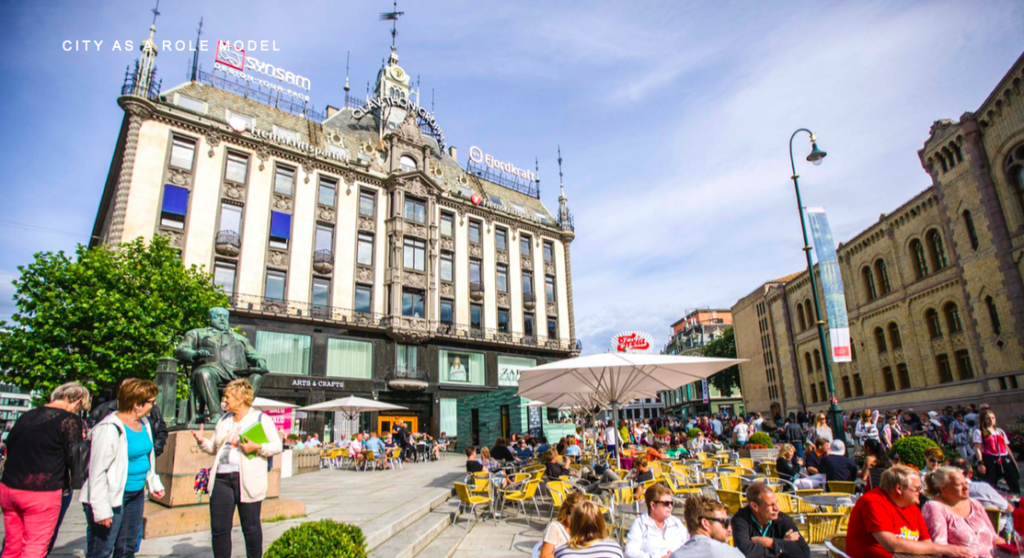
Oslo has ambitious climate targets. The city wants to cut its greenhouse gas emissions by 50% by 2020 (in relation to 1990), and by 95% in 2030. Polls have shown that the population supports such initiatives. Three out of four inhabitants support the overall goal. The municipality wants to offer an emission-free transport system and to that end, it is in the process of transforming its vehicles. More than 40% of the buses use renewable energy (biofuels, hydrogen and biogas), and it is expected that by 2025, 60% of them are fully electric. The trams and the metro already run on renewable energy.
“The city is also working on a renewable solution for the ferries,” said Mathilde Rübberdt, Communications Advisor for Visit Oslo. “The ferries that go to Nessoden, the municipality just across the fjord, will be fully electric by 2020.”
I met Mathilde for a quick coffee at the Hub Clarion Hotel in downtown Oslo. She briefed me on all the exciting changes that are happening in the city such as the boom of urban farming in all its forms. “If you have the chance you should visit the Losæter Urban Farm. It’s not far from here. They’re doing a lot of interesting things for adults and children alike. And there’s even a bake house!”

In the lounge we sat and delighted in the sunlight pouring in through the large windows. The day was clear and dry, the endless Nordic blue sky as crisp as the cry of a bird. The leather seat of my chair creaked as I bent forward to tell her about the signs I had seen at my hotel, Scandic Vulcan, indicating there were beehives on the rooftop. “Yes, all of that is happening in the city more and more. And in this very hotel, there is garden on the rooftop where they grow vegetables. In the basement grow herbs.”
Oslo has a population of nearly 660,000 inhabitants. It is surrounded by the nationally protected Marka Forest, which gives people the possibility to be in close contact with nature. “We Norwegians love to on hikes in East and Nordmarka. It’s like a breath of fresh air within very easy reach,” said Lene, guide for the Oslo Guidebureau. “But it also means the city cannot expand, and that of course brings about challenges to city planners who have to make the most of each centimeter of space.”
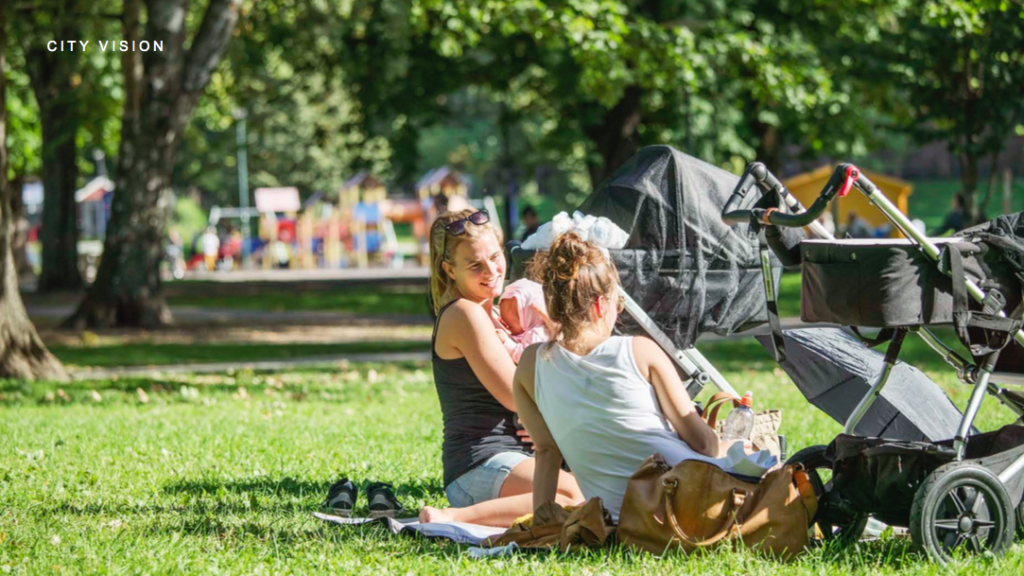
In 2017 approximately 350 parking spots were removed. The idea was to create space for other activities. The same dynamic continued all through 2018 and in total nearly 700 street parking spots for private cars were removed.
Oslo has become the ‘Electric Vehicle Capital of the World’ with 30% of all new cars sold in Oslo being electric vehicles (EV) or plug-in hybrids, which can be explained by the incentives offered by both, local and national authorities, to reduce greenhouse gas emissions. The positive shift in behavior, however, has brought about some undesired side effects.
“Electric cars can ride in the same lane as the bus and in the morning there are so many electric cars that you can’t really be sure to arrive on time at work if you catch the bus,” said Lene. Some people have complained that the incentives are not fair because most electric-car owners also have a petrol-fueled car for longer distances. “There is feeling, at least among a segment of the population, that only the rich ones are benefiting,” Lene went on. “The incentives will start do wind down, but the important thing is that many people have already changed their behavior. They use their cars a lot less.”
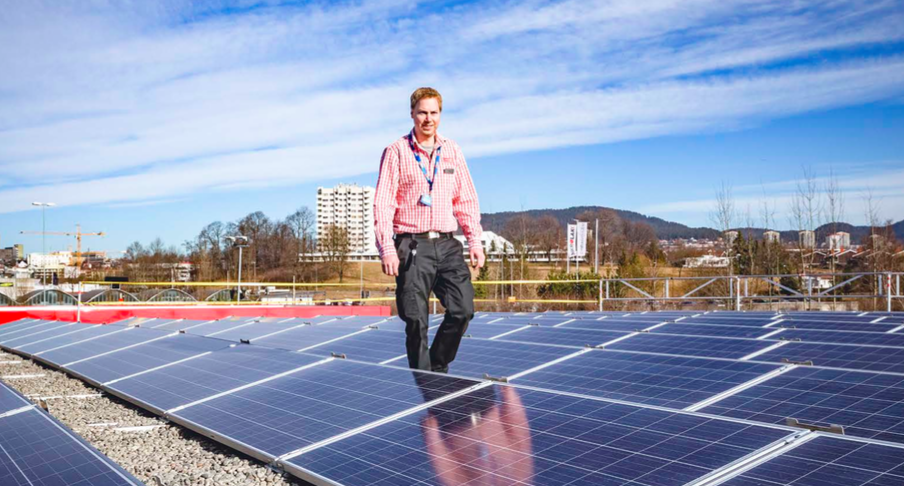
Looking at the Technical Assessment Report for the shortlisted cities, the ranking shows that Oslo scored 1 or 2 for nearly all of the 12 environmental indicators, something which is remarkable. The only two areas where the city scored low were: Waste Water Management, and Water Management.
Almost the entire population of Oslo is connected to the collecting system and to two Waste Water Treatment Plants (WWTPs). The reason for the low score was that the total load received by the WWTPs of 79,000 PE, as recorded in 2015, was much lower than the total generated wastewater of the city, which was 792,000 PE. Oslo’s application did not explain how the city managed the wastewater not received by the WWTPs. Note: A PE or Population Equivalent in waste-water treatment is the number expressing the ratio of the sum of the pollution load produced during 24 hours by industrial facilities and services to the individual pollution load in household sewage produced by one person in the same time.
As for Water Management, the report mentioned that due to the availability of large quantities of high quality surface water, urban consumption and distribution losses are quite high. It noted, however, that bathing water quality of local water bodies is good, and that the ecological status of streams and rivers is healthy.
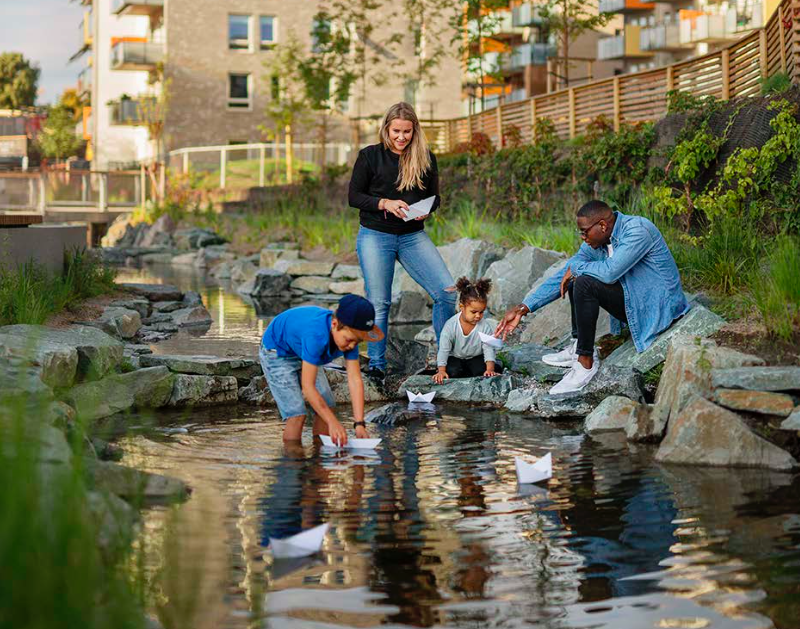
One morning I went jogging along the Akers river, as I used to do in the past, from Grünerløkka and up to Nydalen. In the parks I saw dogs chasing each other in circles, families of ducks dipping their orange feet in the water, women with sunglasses pushing prams and smiling at the sun. At the top of a hill, not far from BI University, I stopped to catch my breath. I stood there for a moment, smelling the scent of pines and firs, and all I could hear was the murmur of the river.

